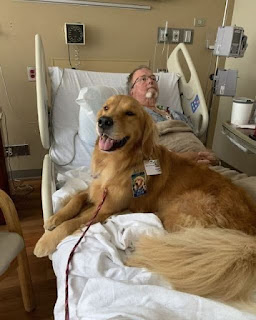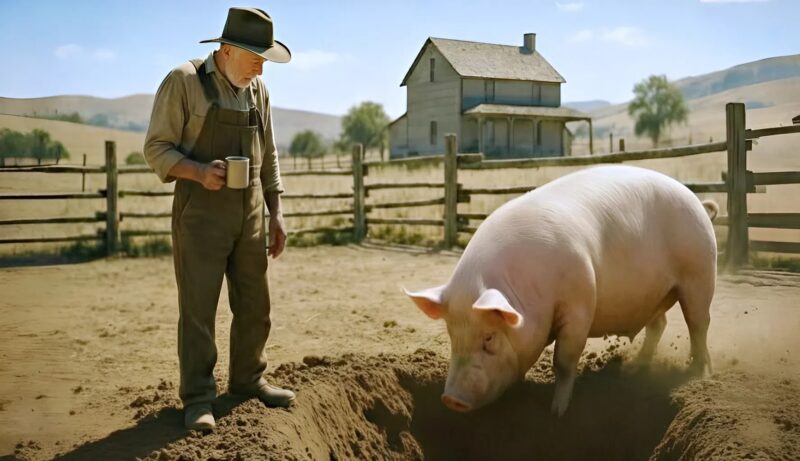The note in Riley’s file simply read: “Patient unresponsive. Last attempt.”
I almost passed on Room 214. My golden retriever usually worked with kids, not silent elderly men. But Riley pulled me down the hall like he was on a mission.
What happened next wasn’t in any therapy dog manual.
One minute, Mr. Callahan was a shadow under white sheets. The next, Riley was sprawled across his lap, and the man’s hands—gnarled with arthritis—were moving like they’d remembered something.
“Soft,” he murmured. Then, like a dam breaking: “Eleanor’s hair was this soft.”
For two hours, we listened as memories poured out—Sunday drives, burned casseroles, marigold petals scattered on a coffin. Riley stayed perfectly still, his head heavy on the man’s chest, as if he knew this story needed telling.
When Mr. Callahan described how he’d stopped speaking after the funeral, Riley whined and pawed at the blanket. The old man smiled for the first time. “Alright, alright. I’m talking now, aren’t I?”
As we left, Nurse Amy stopped me. “His daughter’s been trying to get through to him for a year,” she whispered. “That dog did in ten minutes what six specialists couldn’t.”
I looked down at Riley, now happily chewing his leash again. Some therapists don’t need degrees—just a wet nose and a heart big enough to hold someone else’s grief.


